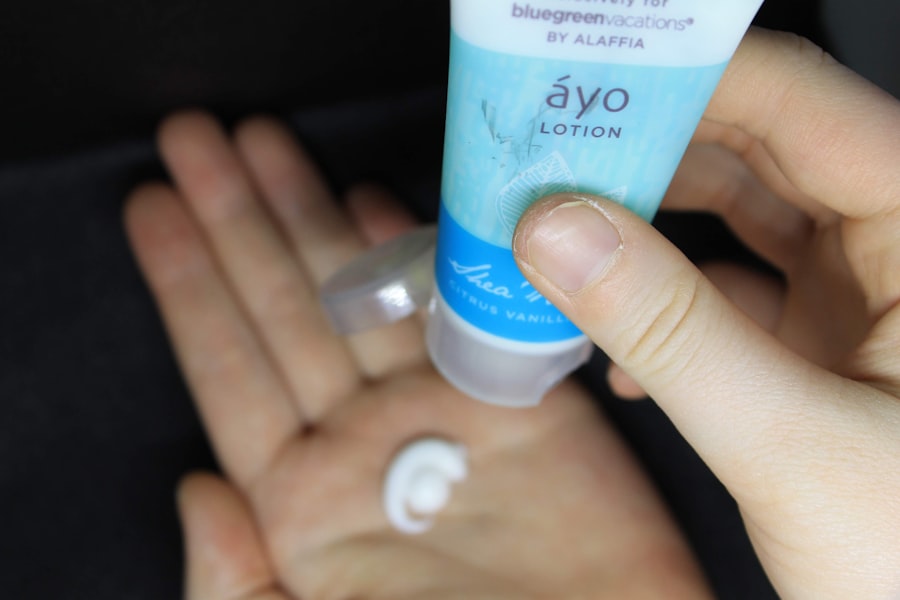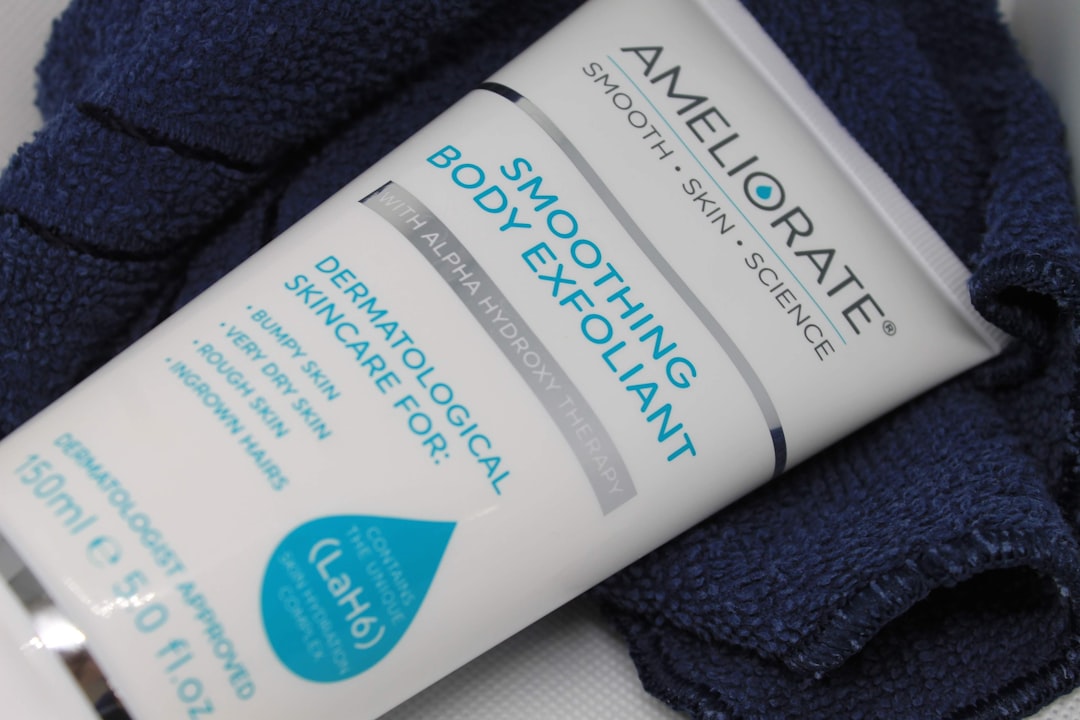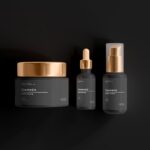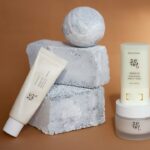Laser hair removal is a popular cosmetic procedure that utilizes concentrated beams of light to target and eliminate unwanted hair. The technology behind this treatment is based on the principle of selective photothermolysis, where the laser energy is absorbed by the pigment in the hair follicles. This process effectively damages the follicles, inhibiting future hair growth.
As you consider this option, it’s essential to understand how it works and what to expect during the treatment. The procedure typically involves a series of sessions, as hair grows in different cycles. You may notice that some hairs are more resistant to the treatment than others, which is why multiple sessions are often necessary for optimal results.
While many people experience a significant reduction in hair growth after just a few sessions, complete hair removal may take several treatments. Understanding these basics will help you set realistic expectations and prepare for your journey toward smoother skin.
Key Takeaways
- Laser hair removal targets hair follicles to reduce hair growth
- Shave the treatment area before the session to ensure the laser targets the hair follicle
- Apply aloe vera gel or cold compress to soothe any discomfort or redness after treatment
- Use sunscreen with SPF 30 or higher to protect your skin from sun exposure
- Avoid using exfoliating products and waxing after laser hair removal
Preparing Your Skin for Laser Hair Removal
Before undergoing laser hair removal, proper skin preparation is crucial to ensure the best possible results. You should start by scheduling a consultation with a qualified practitioner who can assess your skin type and hair color. This assessment will help determine the most effective laser settings for your specific needs.
During this consultation, you can also discuss any medical conditions or medications that may affect your treatment. In the weeks leading up to your appointment, it’s advisable to avoid sun exposure and tanning beds, as tanned skin can increase the risk of complications during the procedure. Additionally, you should refrain from waxing or plucking hair in the treatment area for at least four weeks prior to your session.
Shaving is generally recommended, as it allows the laser to target the hair follicle directly without interference from longer hair above the skin’s surface. By taking these preparatory steps, you can enhance the effectiveness of the treatment and minimize potential side effects.
Post-Treatment Skin Care Routine
After your laser hair removal session, your skin may feel sensitive and appear slightly red or swollen. It’s essential to follow a proper post-treatment skincare routine to promote healing and maintain the results of your procedure. Start by gently cleansing the treated area with a mild, fragrance-free cleanser.
Avoid using harsh scrubs or exfoliants for at least a week, as your skin will be more vulnerable during this time. Moisturizing is another critical aspect of your post-treatment care. Applying a soothing lotion or gel can help alleviate any discomfort and keep your skin hydrated.
Look for products containing aloe vera or hyaluronic acid, as these ingredients are known for their calming properties. Additionally, you should avoid hot showers, saunas, and intense workouts for a few days following your treatment to prevent further irritation. By adhering to these guidelines, you can support your skin’s recovery and enjoy the benefits of laser hair removal.
Managing Discomfort and Redness
| Discomfort and Redness Management Metrics | 2019 | 2020 | 2021 |
|---|---|---|---|
| Number of reported discomfort cases | 150 | 130 | 110 |
| Percentage of patients with reduced redness | 75% | 80% | 85% |
| Average time to discomfort relief (in minutes) | 20 | 18 | 15 |
It’s common to experience some discomfort and redness after laser hair removal, but there are several strategies you can employ to manage these symptoms effectively. First and foremost, applying a cold compress to the treated area can provide immediate relief from any heat or swelling you may feel. This simple method can help soothe your skin and reduce inflammation.
Over-the-counter pain relievers, such as ibuprofen or acetaminophen, can also be beneficial if you find yourself experiencing significant discomfort. However, it’s essential to consult with your practitioner before taking any medication to ensure it won’t interfere with your recovery process. Additionally, wearing loose-fitting clothing over the treated area can help minimize friction and irritation while your skin heals.
By taking these steps, you can make your post-treatment experience more comfortable and enjoyable.
Protecting Your Skin from Sun Exposure
One of the most critical aspects of post-laser hair removal care is protecting your skin from sun exposure. After treatment, your skin will be more sensitive to UV rays, making it essential to take precautions to prevent sunburn and pigmentation changes. You should avoid direct sunlight for at least two weeks following your session, as this will help reduce the risk of complications.
When you do go outside, applying a broad-spectrum sunscreen with an SPF of 30 or higher is crucial. Look for a sunscreen that is specifically formulated for sensitive skin to avoid irritation. Reapply every two hours, especially if you’re sweating or swimming.
Wearing protective clothing, such as wide-brimmed hats and long sleeves, can also provide an extra layer of defense against harmful UV rays. By prioritizing sun protection, you can safeguard your skin and enhance the results of your laser hair removal treatment.
Avoiding Certain Products and Treatments

In addition to sun protection, it’s important to be mindful of the products and treatments you use on your skin after laser hair removal. For at least a week following your session, you should avoid using any harsh skincare products that contain retinoids, alpha hydroxy acids (AHAs), or beta hydroxy acids (BHAs). These ingredients can irritate sensitive skin and may lead to adverse reactions.
You should also steer clear of any treatments that involve exfoliation or chemical peels during this recovery period. These procedures can further compromise your skin’s integrity and delay healing.
By being cautious about what you apply to your skin post-treatment, you can promote healing and achieve better long-term results.
Hydrating and Moisturizing Your Skin
Keeping your skin hydrated and moisturized after laser hair removal is vital for optimal recovery and comfort. Dehydrated skin can exacerbate irritation and prolong redness, so it’s essential to drink plenty of water in the days following your treatment. Staying well-hydrated will not only benefit your skin but also support overall health.
In addition to internal hydration, applying a high-quality moisturizer is crucial for maintaining your skin’s barrier function. Look for products that contain ingredients like glycerin or ceramides, which help lock in moisture and create a protective layer on the skin’s surface. You may also consider using a hydrating serum with hyaluronic acid to boost moisture levels further.
By prioritizing hydration in both your diet and skincare routine, you can enhance your skin’s resilience and promote faster healing.
Following Up with Your Dermatologist
Finally, following up with your dermatologist after laser hair removal is an essential step in ensuring that you achieve the best possible results from your treatment. Schedule a follow-up appointment within a few weeks after your session to discuss any concerns or questions you may have about your recovery process. Your dermatologist can assess how well your skin is healing and recommend any adjustments to your skincare routine if necessary.
During this follow-up visit, it’s also an excellent opportunity to discuss future treatments if needed. Depending on how well you respond to the initial sessions, your dermatologist may suggest additional treatments or maintenance sessions to achieve optimal results. By maintaining open communication with your healthcare provider, you can ensure that you are on track for success in your laser hair removal journey.
In conclusion, understanding the intricacies of laser hair removal and committing to proper pre- and post-treatment care are vital components of achieving smooth, hair-free skin. By preparing adequately before your sessions, managing discomfort afterward, protecting against sun exposure, avoiding irritating products, hydrating effectively, and following up with your dermatologist, you can maximize the benefits of this innovative procedure while minimizing potential side effects. Embrace this journey with confidence as you work toward achieving the smooth skin you’ve always desired.
If you’re looking for more information on laser hair removal treatments, you may want to check out this article on how to prepare for your laser hair removal appointment. This article provides helpful tips on what to do before your treatment to ensure the best results. It’s important to take care of your skin both before and after laser hair removal, so this article could be a great resource to complement the eight tips mentioned in the original article.
FAQs
What is laser hair removal?
Laser hair removal is a cosmetic procedure that uses a concentrated beam of light (laser) to remove unwanted hair. The laser targets the pigment in the hair follicle, damaging the follicle and inhibiting future hair growth.
How does laser hair removal affect the skin?
Laser hair removal can cause temporary redness, swelling, and irritation in the treated area. In some cases, it can also lead to changes in skin pigmentation, blistering, or scarring.
What are some tips for taking care of the skin after laser hair removal treatment?
1. Keep the treated area clean and dry.
2. Avoid sun exposure and use sunscreen with a high SPF.
3. Avoid hot showers, saunas, and steam rooms.
4. Use gentle, non-irritating skincare products.
5. Avoid picking or scratching the treated area.
6. Apply soothing creams or aloe vera gel to reduce redness and irritation.
7. Avoid strenuous exercise and activities that cause excessive sweating.
8. Follow any specific aftercare instructions provided by your dermatologist or skincare professional.
How long does it take for the skin to recover after laser hair removal?
The skin typically takes a few days to a week to recover after laser hair removal. However, it may take longer for some individuals, depending on their skin type and the intensity of the treatment.
Are there any potential risks or side effects to be aware of after laser hair removal?
Some potential risks and side effects of laser hair removal include redness, swelling, irritation, changes in skin pigmentation, blistering, and scarring. It is important to follow proper aftercare instructions and consult with a dermatologist if you experience any concerning symptoms.







